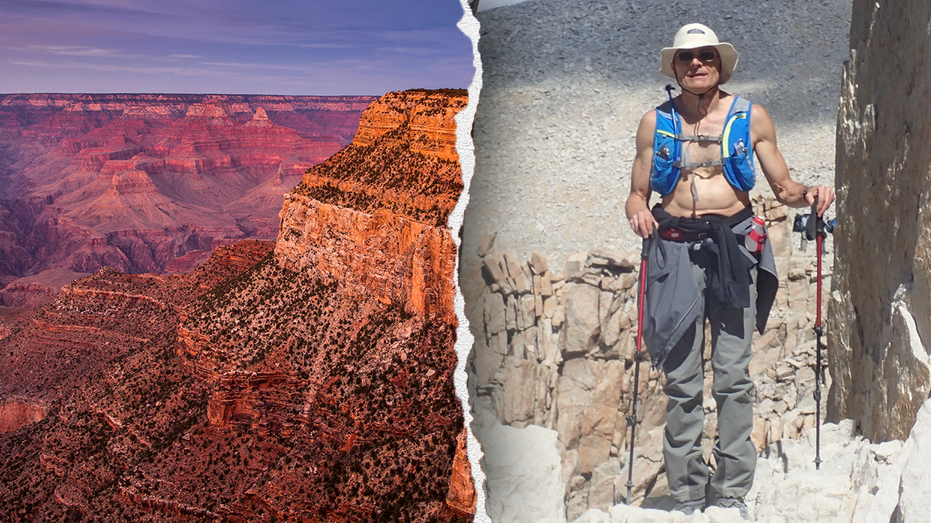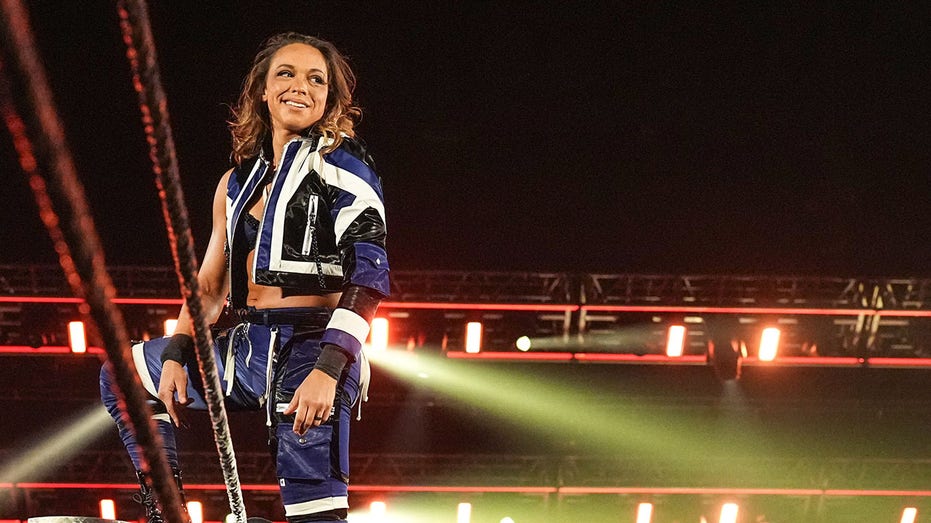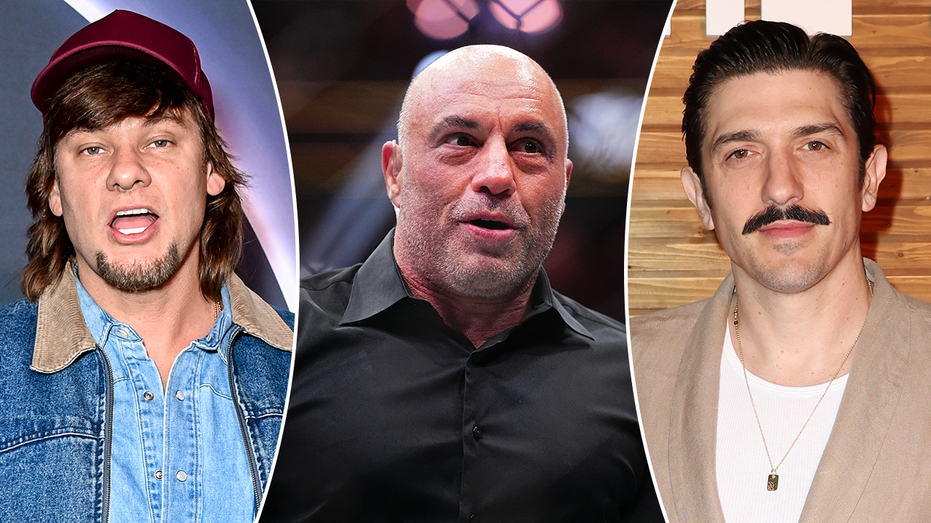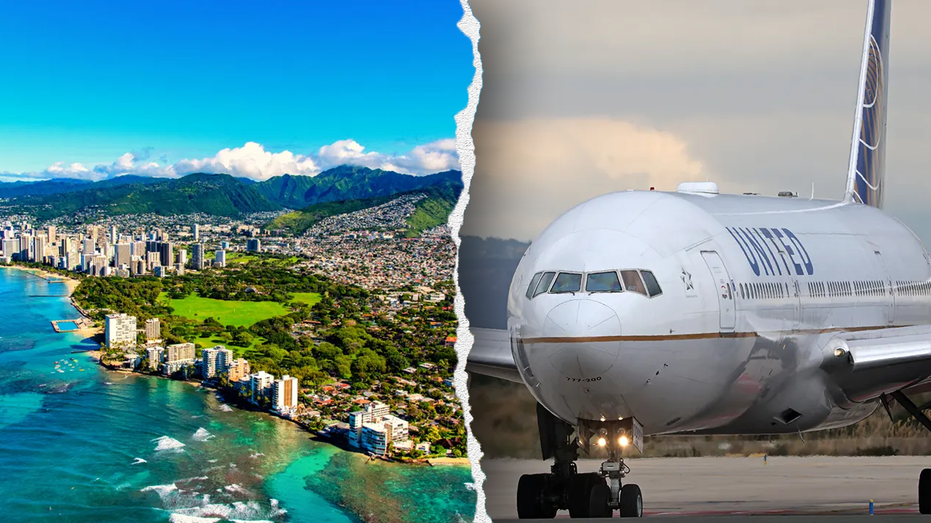- by foxnews
- 23 May 2025
Royal family given veto on use of footage of Queen’s funeral
Royal family given veto on use of footage of Queen’s funeral
- by theguardian
- 23 Sep 2022
- in news
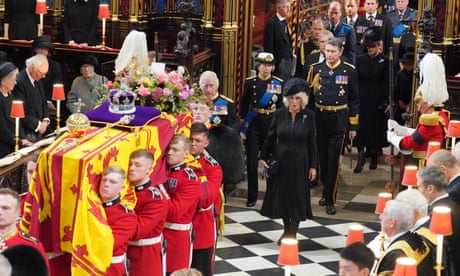
British television channels gave Buckingham Palace a veto on the use of footage from Queen Elizabeth II's funeral, indicating the complicated relationship around the media's coverage of the monarchy.
As part of an agreement with news broadcasters, the royal household was given the right to request that particular pieces of footage from the funeral services at Westminster Abbey and Windsor Castle were not used again.
Royal staff sent messages to the BBC, ITV News and Sky News during the event with the timestamps of footage they wished to exclude from future news broadcasts and social media clips. As a result, five short pieces of video featuring members of the royal family were removed from circulation.
Although the sections were relatively brief, the decision to give the palace a veto on what footage could be used has caused unease among some journalists who worked on the coverage, in ongoing tension at British media outlets between marking the death of a major national figure and allowing news coverage to be shaped by the royal family.
The palace provided guidance on what footage and photography would be considered acceptable, with a particular request to avoid intruding on the grief of individual members of the royal family. Other pieces of video, such as a man lunging at the Queen's coffin while it was in Westminster Hall, were also not used by broadcasters.
The unedited "as live" broadcast of the funeral will be allowed to remain on catchup services such as BBC iPlayer for a month. However, according to sources at British broadcasters, there will be a negotiation with Buckingham Palace about which parts of the proceedings can be shown after this point. This could give the palace the ability to shape retrospective coverage of the event.
The families of recently deceased celebrities often send advance requests to the media, seeking respectful coverage of their funerals, with broadcasters mindful of not intruding on grief. However, retrospective vetoes of footage are unusual.
Other news organisations using the broadcast feed were required to promise that any social media clips made from the funeral would be "solemn and dignified". Another condition was that footage could only be used in news broadcasts and not in entertainment shows.
There were also restrictions imposed on where the funeral proceedings could be broadcast, including not allowing parts of the commemorations to be streamed on online video platforms such as TikTok.
The broadcast of the Queen's funeral was one of the biggest collaborations in British television history, with a peak audience of almost 30 million viewers. The BBC combined efforts with ITV and Sky News in order to provide enough cameras and broadcast equipment as the Queen's coffin made its final journey from Westminster to Windsor.
The coverage of the day was coordinated by BBC Studios, the BBC's commercial broadcast arm, rather than its news division.
Broadcasters largely left wider constitutional questions about the future of the monarchy out of their coverage. Dermot Murnaghan, who co-presented the funeral coverage on Sky News, told the Guardian the "proper order of funerals is to retain respect" and that there would be a chance to look at such issues in the future.
- by foxnews
- descember 09, 2016
United Airlines flight returns to Hawaii after concerning message found on bathroom mirror; FBI investigating
United Airlines Flight 1169 to Los Angeles returned to Hawaii after a "potential security concern" aboard the plane. The FBI and police are investigating.
read more